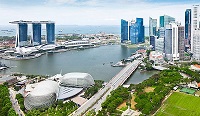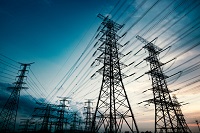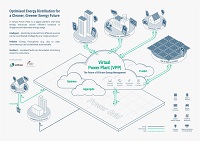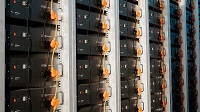- About EMA
- Our Energy Story
- Consumer Information
- Regulations & Licences
- News & Events
- Partnerships
About EMA
Who We Are
Learn about EMA’s leadership, milestones and accomplishments.
Join Us
Explore the career, scholarship and internship opportunities available in EMA.
- Experienced Professionals
- Early Careerists
- Scholars
Our Energy Story
Overview
Discover how the Singapore Energy Story sets the vision towards a net-zero energy future.
Energy Supply
Gain insights into the four switches that power Singapore’s economy and our daily lives.
Energy Demand
Discover ways to enhance energy efficiency and lower your carbon footprint.
Energy Grid
Explore how EMA ensures a reliable and secure energy supply for everyone.
Energy Market Landscape
Learn about the intricacies of Singapore’s energy market structure and operations.
Consumer Information
Electricity
Get tips on buying electricity and protecting your family from electrical hazards.
Gas
Learn about purchasing gas and safeguarding your family against gas hazards.
Solar
Access information on installing solar panels at your home and selling excess electricity to the national grid.
Regulations & Licences
Regulations
Stay up-to-date with the latest regulations, policies and frameworks governing the energy sector.
Licences
Learn about the licences that EMA issues to different stakeholders in the energy sector.
Regulatory Publications
Read about the Codes of Practice and Circulars that EMA publishes to regulate the energy sector.
Partnerships
Calls for Proposal
Collaborate with EMA in co-creating innovative solutions for the energy sector.
Consultations
Give your comments and feedback on EMA’s policies and regulations.
R&D Engagements
Discover how EMA works with stakeholders to catalyse new and innovative digital technologies.
Talent Development
Learn about EMA’s efforts in nurturing talent and cultivate interest in the energy sector.
eSERVICES
Get quick access to EMA’s services for application of worker licences, scholarships and more.
Government officials will NEVER ask you to transfer money or disclose bank log-in details over a phone call. Call the 24/7 ScamShield Helpline at 1799 if unsure. For more information on how to protect yourself against scams, please visit www.scamshield.gov.sg.
EMA works closely with the industry and other government agencies to maximise solar deployment and mitigate challenges faced in harnessing solar energy.
Overview
Solar energy is harnessed from the sun's radiation and is converted to electrical energy to power electrical appliances. This is made possible using photovoltaic (PV) systems.
Located near the equator, Singapore is one of the most solar-dense cities in the world. We enjoy relatively high solar irradiance of an average annual solar irradiance of 1,580 kWh/m2/year. Real-time information on solar energy generated can be seen under the Solar Irradiance Map. This makes Singapore an ideal location to tap on solar energy as a clean energy source to generate electricity.
Singapore has achieved our 2025 target of deploying 1.5 gigawatt-peak of solar. We are also on track to meeting our target of at least 2 GWp by 2030, which is equivalent to the annual electricity needs of around 350,000 households.
In the longer term, solar will allow us to meet about 10% of our projected electricity demand in 2050.
Please visit the Statistics section for the latest information on the (i) number of solar installations and (ii) installed solar capacity in Singapore.
Benefits
- Cost Savings: Using solar energy can help consumers save costs since it is generally comparable to or cheaper than grid electricity. Consumers can also sell excess solar-generated electricity to the grid to offset their energy costs or even earn revenue.
- Environmental Sustainability: Solar, as an energy source, generates no carbon emissions, contributing to lower greenhouse gas emissions and mitigating climate change. This helps in creating a cleaner and more sustainable environment.
- Enhanced Energy Security: Harnessing solar energy domestically reduces our reliance on importing other energy sources, lowering supply chain risks and enhancing our energy resilience.
- Price Stability: With solar output typically coinciding with periods of high energy usage, it can help lower peak demand and allow electricity prices to become more stable.
Driving Solar Deployment
EMA collaborates with other government agencies and the industry to maximise solar deployment.
- SolarRoof and SolarNova programmes are Whole-of-Government efforts to aggregate demand for solar PV systems across government agencies. This includes installing the systems on the rooftops of HDB flats and public sector buildings.
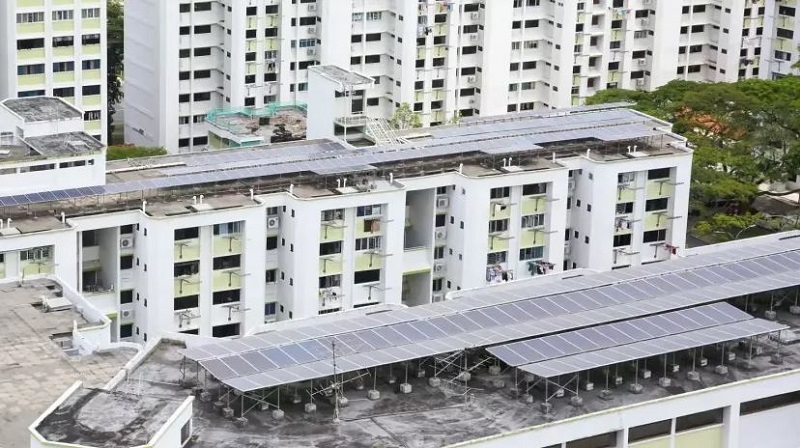
Under the SolarNova programme, HDB has so far committed a total solar capacity of 455 MWp across its estates, which is equivalent to powering about 114,000 four-room flats.
- With 122,000 solar panels spanning across a land area of about 45 football fields, the 60 megawatt-peak (MWp) Sembcorp Tengeh Floating Solar Farm is one of the world’s largest inland floating solar PV systems.
- Floating solar PV systems could also be found at offshore spaces, such as EDP Renewable's 5 MWp solar farm at Woodlands. The solar farm is expected to produce estimated 6,022,500 kilo-watt hours (kWh) of energy per year.
- The SolarLand programme by JTC involves installing modular solar PV systems on temporary vacant land. These solar PV systems can be found in areas such as Jurong Island and at Changi Business Park.
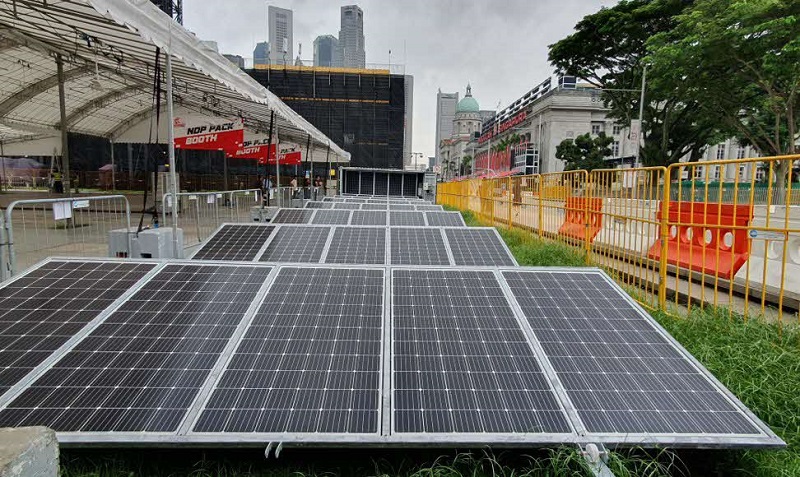
A solar PV system installed on temporary ground at the National Day Parade 2023.
- Building Integrated Solar Photovoltaic (BIPV) refers to the seamless integration of solar PV systems into the design of buildings such as roofs, facades, and windows. They offer a sustainable and visually appealing solution for clean energy generation in buildings.
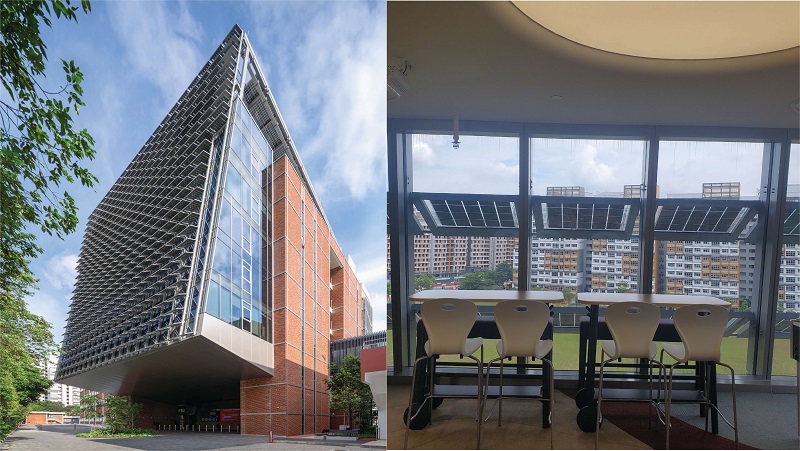
One of the novel ways of installing solar photovoltaic systems is on the facade of buildings, such as the installation at Dulwich College’s net-zero Greenhouse building. (Left photo courtesy of Dulwich College (Singapore) and DP Architects; Right photo is EMA’s)
Future Enhancements
Explore upcoming enhancements and initiatives to facilitate solar deployment and address industry needs.
- Solar is an Intermittent Generation Source (IGS) as its power output fluctuates depending on weather and environmental factors. This imposes additional requirements on our grid to ensure system reliability.
- EMA is deferring the implementation of IPM, and intends to consult the industry on the enhanced IPM in due course.
- EMA is actively addressing constraints faced by owners or landlords with buildings under a master-sub scheme, such as exploring options to allows buildings under a master-sub setup to sell excess solar generated to the grid.
- Currently, there are physical workaround solutions (e.g. to connect solar PV systems directly to a substation or connect a solar PV’s main switchboard to consumer’s main switchboard before connecting to the grid), which may be feasible for some buildings. Please refer to SP Group’s terms and conditions for such solutions.
- This refers to a streamlined administrative process that allows third parties, nominated on behalf of their consumers, to receive consolidated payments and metering data from SP Group directly for energy exports from solar and embedded generation.
- This arrangement allows consumers to appoint different solar leasing companies to deploy multiple solar PV installations at their sites.
- The current system design of SP Group’s billing system only permits payments to a single leasing company. However, if enhancements can be implemented, consumers will have the flexibility to engage multiple lessors. This will enable them to explore different technology options on their sites; and/or lease them from different entities.
Overcoming Intermittency
As with any intermittent energy source, tapping on solar comes with its own set of challenges.
With limited land space, we have to carefully consider the land to be set aside for solar installations versus other competing uses like recreational activities on reservoirs.
Factors such as sunlight intensity, cloud cover and shade could affect the output of solar. As the share of solar in our energy mix increases, fluctuations in solar output could affect the stability of the power grid.
Mitigating solar intermittency is essential for several reasons:
- A stable and reliable electricity supply is vital for meeting the energy demands of homes, businesses, and industries. Fluctuations in solar output can disrupt the balance between electricity supply and demand, causing disruptions and grid instability.
- Smoothing out solar power’s intermittency enhances grid stability as it minimises voltage fluctuations, frequency deviations and improves overall power quality.
- Reducing solar generation variability is vital for integrating renewable energy sources effectively. It enables better integration with other energy sources to create a more reliable and diverse energy mix.
Following an award of a S$6.2 million research grant to a consortium led by the National University of Singapore, EMA has implemented a Solar Forecasting Model as part of the enhanced Energy Management System that can anticipate solar power output in advance and proactively addressing solar intermittency.
In addition to the model, we are also using technologies like Energy Storage Systems to manage solar intermittency.

An irradiance measurement instrument installed on building rooftops (Photo courtesy of the Solar Energy Research Institute of Singapore, SERIS)
